The UK’s first full-sized ‘driverless bus’ will pull out of Ferrytoll Park and Ride in Fife today for on-the-road testing.
In a “major step forward” for autonomous, or self-driving, vehicles Stagecoach is operating the buses on Scotland’s roads for the first time.
The project’s backers hope to launch a full commercial service in only a few month’s time.
If successful, they will revolutionise how passengers experience bus travel.
A bus ‘captain’ will chat with passengers while the computer pilots the vehicle.
The project’s leaders have labelled it the “world’s most complex and ambitious autonomous vehicle programme”.
Where are Stagecoach testing the ‘driverless buses?’
The pilot project includes five single-deck autonomous buses working over the next fortnight.
The buses will travel over the Forth Road Bridge between Ferrytoll Park and Ride in Fife and the Edinburgh Park Train and Tram interchange.
Although many have labelled the technology ‘driverless’, an experienced driver will remain on board.
Stagecoach is road-testing the service without passengers ahead of a potential full launch later this summer.
After launch, the buses should provide a service capable of carrying up to 36 passengers over the 14 miles across the bridge, with capacity for over 10,000 passengers a week.
So what’s driving the buses and who else will be on board?
Engineers have fitted the ‘driverless buses’ with state-of-the-art sensor and control technology.
The tech enables the buses to run on pre-selected roads without the safety driver having to intervene or take control.
Sam Greer is the regional director for Stagecoach in Scotland.
He said: “This is a hugely exciting project for Scotland and we are pleased to be starting live testing.”
The company plans to recruit more than 20 specially trained ‘autonomous bus professionals’ – experienced bus drivers – from its East Scotland business.
When the service goes live, they will monitor the autonomous system alongside a bus ‘captain’.
The ‘captain’ will move around the vehicle, talking to passengers about the service and answering any questions.
The company has ensured there will be a member of staff onboard after receiving feedback from around 500 customers on the idea.
Road safety campaigners also previously raised concerns.
Who is behind the ‘ground breaking’ Project CAVForth project?
The Project CAVForth pilot sees bus firm Stagecoach working in partnership with tech firm Fusion Processing, bus manufacturer Alexander Dennis and Scottish Government agency Transport Scotland.
The UK Government’s Centre for Connected and Autonomous Vehicles (CCAV) also fund the project.
Jim Hutchinson is CEO at Fusion Processing.
He said: “We are delighted to be leading the world’s most complex and ambitious autonomous vehicle programme.
“On-road testing is an exciting milestone in the development of autonomous commercial vehicles.
“We look forward to welcoming passengers on board in a few months’ time.”
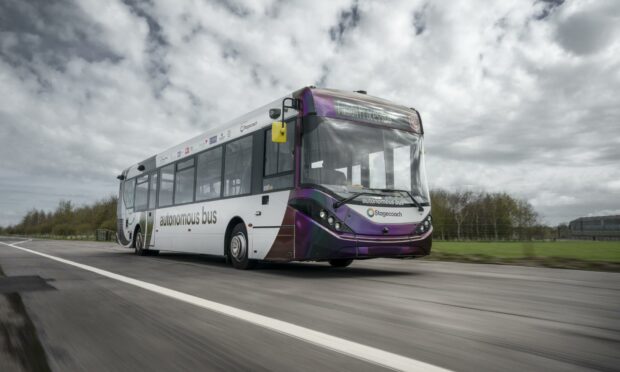
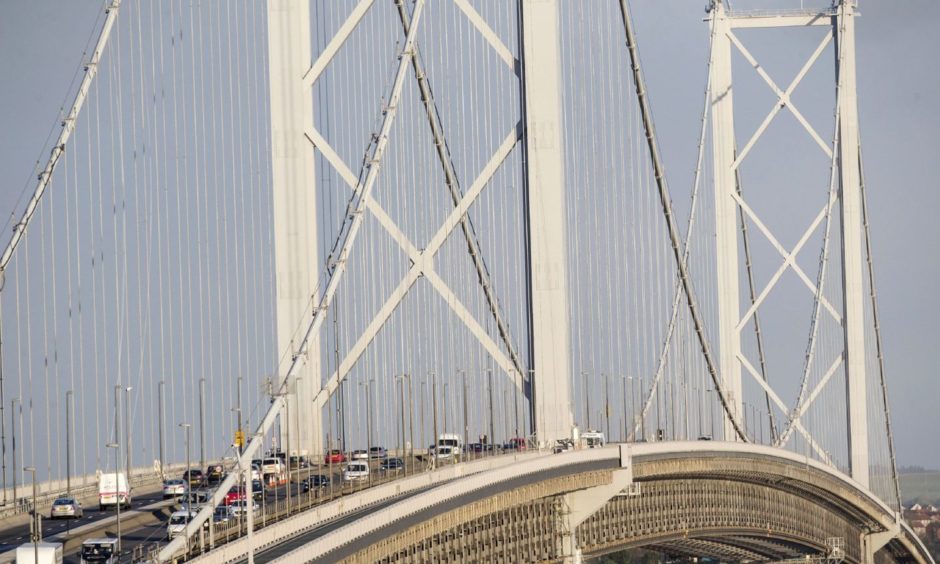





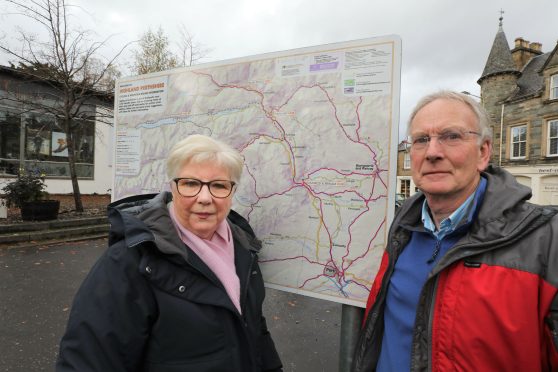
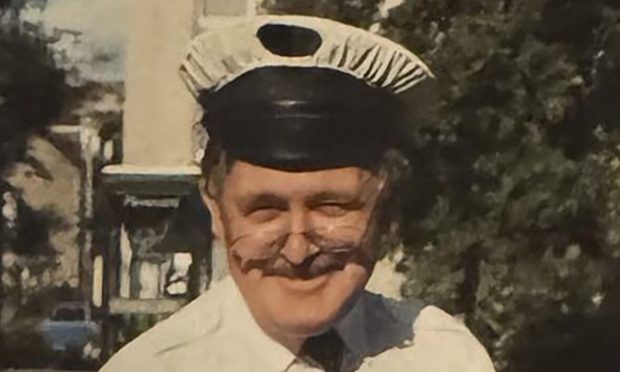

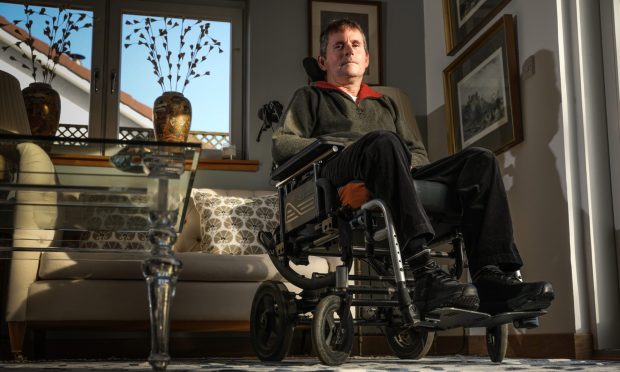

Conversation